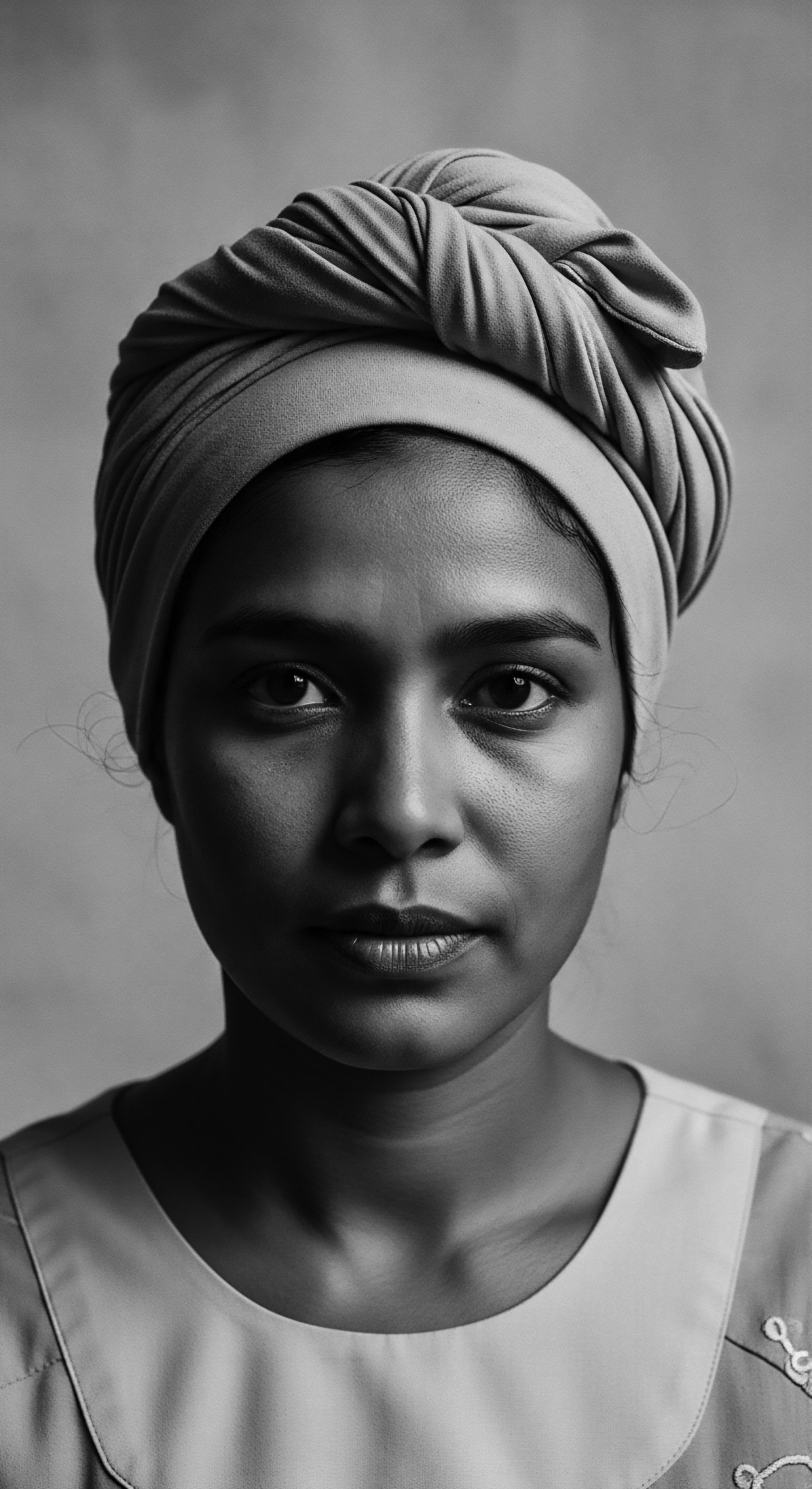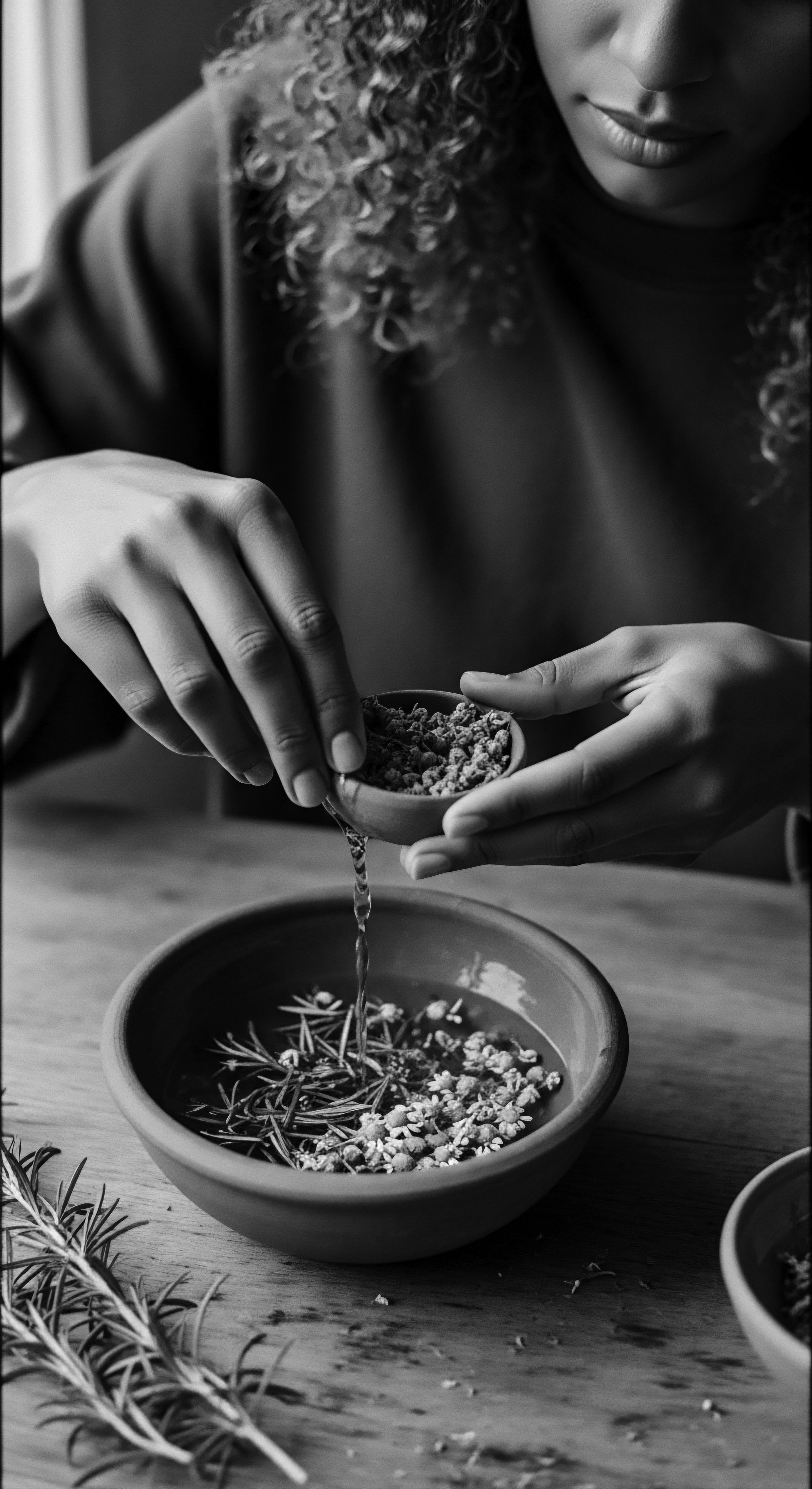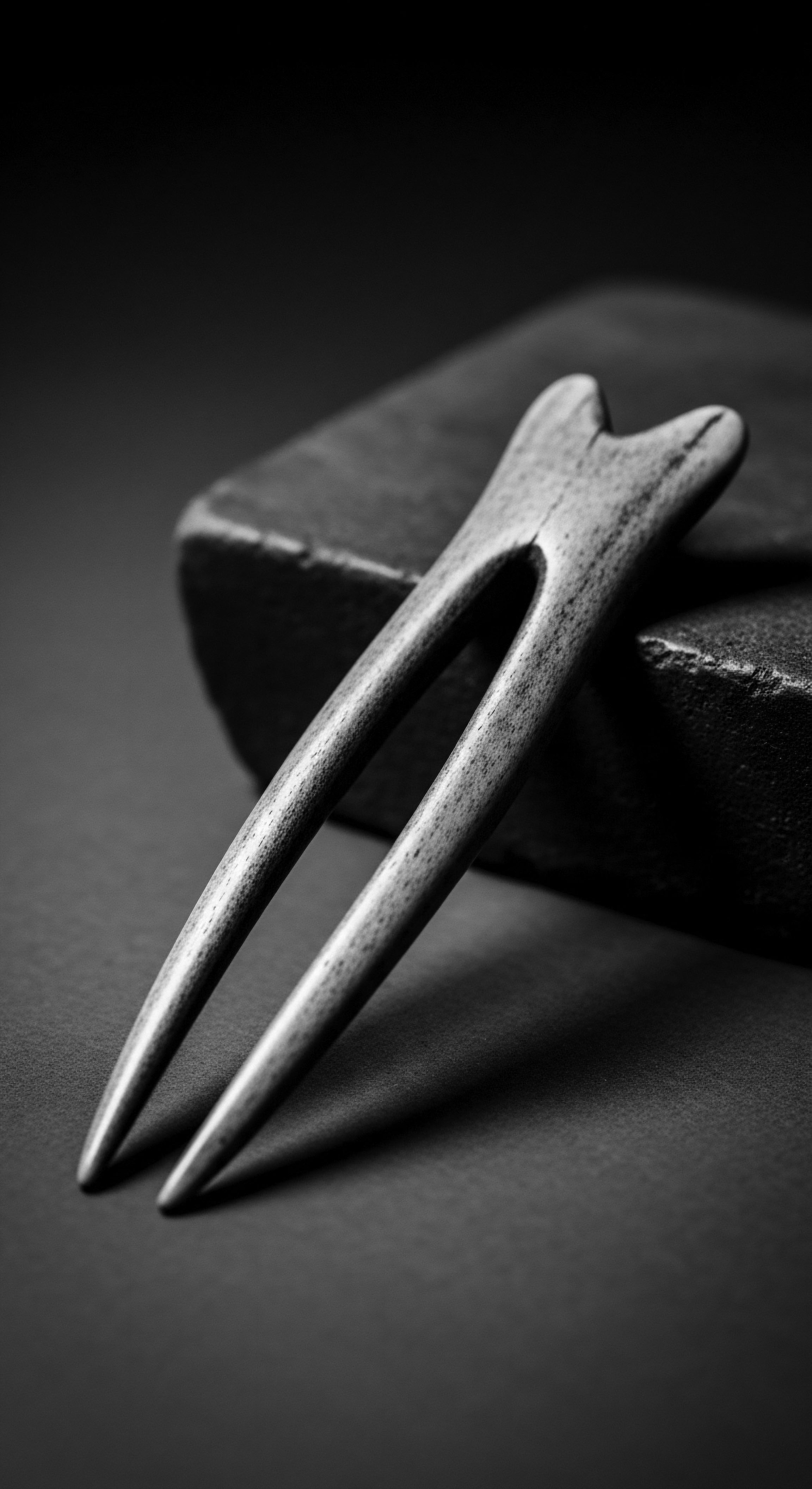
What is the scientific basis for bonnet protection?
Bonnets protect textured hair by reducing friction and maintaining moisture, echoing ancestral care practices for hair health.

What structural aspects of textured hair benefit most from bonnet protection?
Bonnet protection safeguards textured hair's cuticle and moisture balance, preserving its natural structure and extending a legacy of ancestral care.

